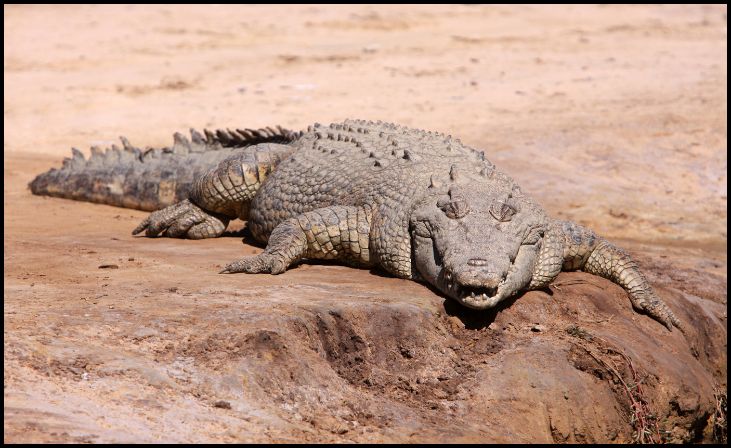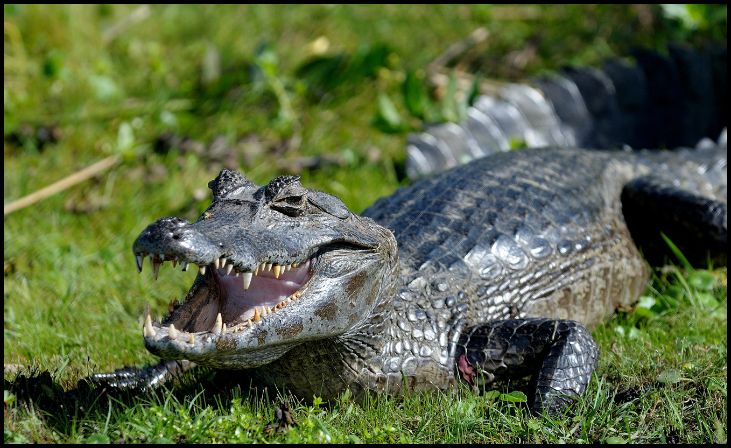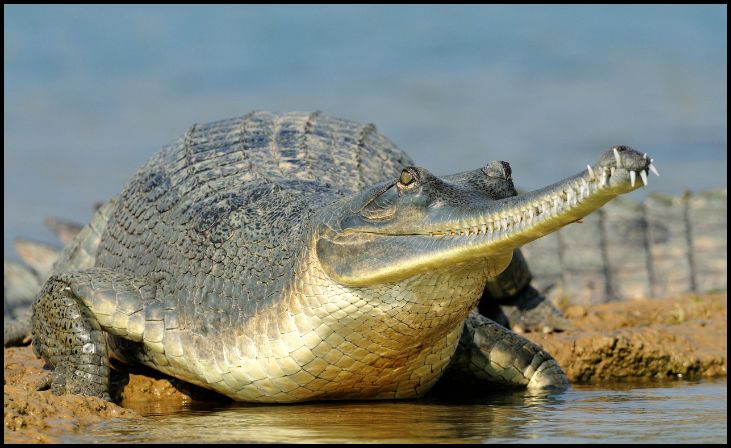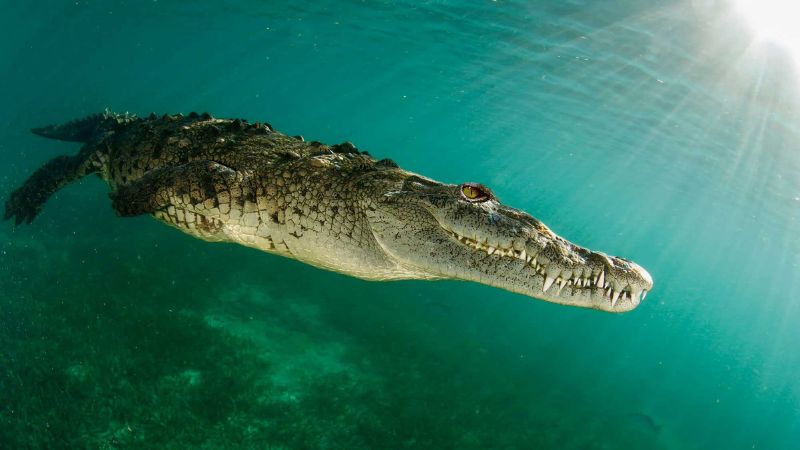Reptiles have always fascinated us with their ancient lineage, unique adaptations, and sometimes intimidating presence. The United States is home to several large reptile species, each playing a crucial role in their respective ecosystems. This article delves into the lives and characteristics of the largest reptiles still living in the U.S., offering insights into their habitats, behaviors, and the challenges they face.
Saltwater Crocodile

The saltwater crocodile holds the title of the largest living reptile. These formidable creatures are known for their impressive size, often exceeding 20 feet in length. While primarily found in Southeast Asia and Australia, their ability to travel long distances via ocean currents has occasionally brought them to the coastal waters of the U.S., particularly around Florida. Saltwater crocodiles are apex predators with a diet that includes fish, birds, and mammals. Their incredible strength and stealth make them highly efficient hunters.
Nile Crocodile
Although the Nile crocodile is native to Africa and Madagascar, it has been spotted in Florida’s Everglades due to illegal pet releases. This species is one of the largest freshwater predators, capable of growing up to 20 feet long. Nile crocodiles are social creatures, often seen basking in groups and sharing food sources. Their powerful jaws and aggressive nature make them formidable predators, preying on a variety of animals from fish to large mammals.
Orinoco Crocodile
The critically endangered Orinoco crocodile is primarily found in the Orinoco Basin in South America, but a small population exists in Florida, thanks to conservation efforts and escapees from captivity. These crocodiles can reach lengths of up to 16 feet. Their distinctive coloration, which includes a light base color with dark markings, provides excellent camouflage in their riverine habitats. Conservation efforts are crucial for the survival of this species, as they face threats from habitat loss and poaching.
Black Caiman

The black caiman is the largest predator in the Amazon Basin, and while not native to the U.S., it has been occasionally reported in Florida. These massive reptiles can exceed 15 feet in length and possess incredible strength, allowing them to take down diverse prey, including fish, birds, and mammals. Black caimans are primarily nocturnal hunters, using the cover of darkness to ambush their prey. Their dark, rough skin helps them blend into the murky waters of their habitat.
American Crocodile
The American crocodile is the only crocodile species native to the U.S., predominantly found in the coastal areas of Florida. These reptiles can grow up to 20 feet long and are well adapted to saltwater environments, often inhabiting estuaries, lagoons, and mangrove swamps. Unlike alligators, American crocodiles have a narrow snout and are more sensitive to cold temperatures, which limits their range to warmer regions. They play a vital role in their ecosystem by controlling the population of fish and other aquatic animals.
Leatherback Sea Turtle
The leatherback sea turtle is the largest turtle species, with some individuals reaching up to 7 feet in length and weighing over 2,000 pounds. Found in the Atlantic and Pacific Oceans, these turtles occasionally nest on the beaches of Florida. Leatherbacks are unique among sea turtles due to their lack of a hard shell, which is replaced by a flexible, leathery skin. This adaptation allows them to dive to great depths and swim rapidly in search of their primary food source, jellyfish.
Gharial (Gavial)

The gharial, also known as the gavial, is easily recognizable by its long, narrow snout, which is specially adapted for catching fish. Native to the Indian subcontinent, there have been rare instances of gharials being kept in captivity in the U.S. These reptiles can grow up to 20 feet in length and are highly aquatic, rarely venturing far from water. Gharials are critically endangered, with conservation efforts focused on habitat protection and captive breeding programs.
